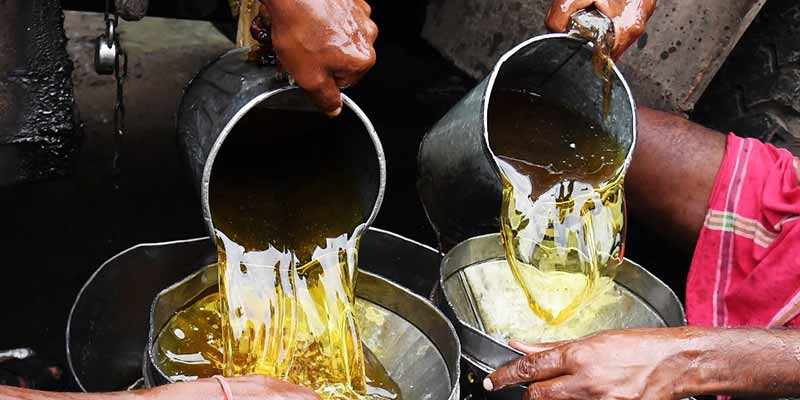- India
- Sep 16
- Kevin Savio Antony
Govt raises import tax on crude, refined edible oils
• India has raised the basic import tax on crude and refined edible oils by 20 percentage points, as the world's biggest edible oil importer tries to help protect farmers reeling from lower oilseed prices
• The move could lift edible oil prices and dampen demand and subsequently reduce overseas purchases of palm oil, soybean oil and sunflower oil.
• The move has increased the likelihood of farmers receiving the minimum support price set by the government for their soybean and rapeseed harvests.
Edible oil scenario in India:
• Edible oils, primarily vegetable oils, are considered healthier than animal fats due to their higher content of unsaturated fatty acids.
• Vegetable oils are rich in monounsaturated and polyunsaturated fats, which are beneficial for heart health. These fats help in lowering bad cholesterol levels (LDL) and may reduce the risk of heart disease.
• India plays a significant role in global oilseeds production, contributing around 5-6 per cent of the total world production. In the 2022-23 season, India produced an estimated 41.35 million tonnes (MT) of nine major cultivated oilseeds, reflecting the country's robust agricultural sector.
• It buys palm oil mainly from Indonesia, Malaysia and Thailand, while it imports soybean oil and sunflower oil from Argentina, Brazil, Russia and Ukraine.
NITI Aayog report on edible oils
• The report titled ‘Pathways and Strategies for Accelerating Growth in Edible Oils Towards Atmanirbharta’, released by NITI Aayog, outlines a comprehensive analysis of India’s edible oil sector and provides a strategic roadmap to achieve self-sufficiency in edible oil production.
Key Highlights:
• Rising Per Capita Consumption: Over the past decades, India’s per capita consumption of edible oil has increased significantly, reaching 19.7 kg/year. This rapid rise in demand has exceeded domestic production, making India highly dependent on edible oil imports.
• Heavy Import Reliance: In 2022-23, India imported 16.5 million tonnes (MT) of edible oils. Domestic production currently meets only 40-45 per cent of the country’s edible oil demand, with imports filling the rest. This imbalance poses a challenge to the nation’s goal of achieving ‘Atmanirbharta’ (self-reliance) in the edible oil sector.
Roadmap and Strategic Interventions:
• Projected Supply Growth: Under the Business-As-Usual (BAU) scenario, India’s edible oil supply is projected to reach 16 MT by 2030 and 26.7 MT by 2047.
Key Strategies to Achieve Self-Sufficiency:
• Crop Retention and Diversification: Focus on ensuring the cultivation of key oilseeds like soybean, groundnut, and mustard, while also promoting diversification to other oilseed crops.
• Horizontal Expansion: This involves bringing more land under cultivation for oilseeds, especially in regions with untapped potential for oilseed farming.
• Vertical Expansion: Aims at enhancing yield per hectare through better farming practices, the use of high-quality seeds, and the adoption of advanced production technologies.
• Dynamic Trade Policy: Creating a balanced trade policy that supports both domestic growth and manages import dependency efficiently.
• National Mission on Edible Oils (NMEO): Broadening the scope of NMEO to ensure sustained growth in domestic edible oil production and reduce import dependence.
(The author is a trainer for Civil Services aspirants.)


